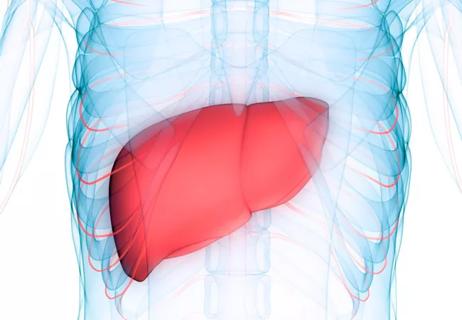
Last year the United States surpassed 200,000 liver transplants, according to the Organ Procurement and Transplantation Network (OPTN), which began tracking organ transplantations in 1988. The past decade, in particular, has seen a consistent rise in liver transplantation in the U.S., in part due to an increase in split-liver and living donor liver transplantations as well as efforts to use more deceased donor livers.
Cleveland Clinic is a non-profit academic medical center. Advertising on our site helps support our mission. We do not endorse non-Cleveland Clinic products or services. Policy
Cleveland Clinic’s Liver Transplant Program in Florida has contributed to the count, having completed 414 adult liver transplants since the program’s launch in 2013. It is part of Cleveland Clinic Florida’s Transplant Center, which performs adult heart, liver and kidney transplants.
“We celebrated a few important milestones in 2022, including our team’s first split-liver transplant and a very rare altruistic living donor liver transplant,” says Antonio Pinna, MD, Director of the Abdominal Transplant Center and the Living Donor Liver Transplant Program at Cleveland Clinic Florida.
First introduced in the 1980s, the split-liver transplant involves dividing a donor liver from a deceased adult between a pediatric and adult recipient. Typically the child receives a smaller left lateral lobe graft (segments 2 + 3) while the adult receives a larger extended right lobe graft (segments 1 + 4-8). In some cases, when the left lobe is too large, two adult recipients will receive hemiliver grafts, consisting of a left lobe (segment 1-4) and a right lobe (segment 5-8).
“Cleveland Clinic Florida participated in a split-liver transplant last year in which the deceased donor liver was shared by a child recipient treated in Orlando and our adult patient here in Weston,” says Dr. Pinna. He notes this is the most common scenario because pediatric patients are the priority for split-liver transplants.
Around the same time surgeons developed techniques for split-liver transplantation, these approaches were used to perform living donor liver transplants. “The splitting procedure and vascular reconstruction of the grafts are very similar,” Dr. Pinna explains.
While deceased donor liver transplantation is still the most common option, living donor liver transplantation is slowly gaining a foothold. In 2022, 603 living donor liver transplants were performed in the United States, accounting for approximately 6% of liver transplants, according to OPTN data.
Cleveland Clinic Florida’s Transplant Center is currently the only center in the state approved to perform living donor liver transplantation, and the abdominal transplant team has completed nine since 2021. “Last year we had an altruistic donor give the left lobe of their liver to an unknown recipient, and both are doing very well today,” adds Dr. Pinna.
He also points out that while most living donor liver transplants involve removing the right side of the donor liver, Cleveland Clinic’s transplant programs in Florida, Ohio and Abu Dhabi (UAE) have shifted to removing the left lobe of the donor liver, when appropriate.
“We’ve found it presents less risk for complications and a shorter recovery for the donor,” says Dr. Pinna. “Today about half of living donor liver transplants performed across the Cleveland Clinic system now involve the left lobe.”
According to Dr. Pinna, the technical skill and technology used to perform split-liver and living donor liver transplants has allowed the surgical team at Cleveland Clinic Weston Hospital to apply their experience to caring for patients with hepatocellular carcinoma (HCC) and other forms of liver cancer.
“For some patients with HCC, a liver transplant is their only hope, but they may not meet the U.S. guidelines for eligibility that focus on the size and number of tumors,” he explains. “We can be more surgically aggressive with certain patients to resect diseased tissue and push the cancer back. By downstaging the patient, they may become a transplant candidate.”
Dr. Pinna says removing a patient’s left lobe can be comparable to a major liver resection for cancer and requires many of the same steps to promote liver regeneration. In both cases, the team uses sophisticated imaging and 3D reconstruction for surgical preplanning; modifies blood flow to the liver and avoids high pressure in the venous system to control bleeding; and uses ultrasonic dissection to delicately remove tissue around blood vessels.
“Our patients with liver cancer definitely benefit from the transplant expertise of our hepatology and gastroenterology specialists,” he adds.
Cleveland Clinic Florida’s Transplant Center is the largest provider of solid organ transplantation in Broward County and serves as a main referral center for southern Florida, including Naples, Fort Myers, and the Treasure Coast, as well as Latin America and the Caribbean. For inquiries or to speak with a representative, call 954.659.5133 or email transplantfla@ccf.org.

Surgical advances and antiviral agents deepen donor pool